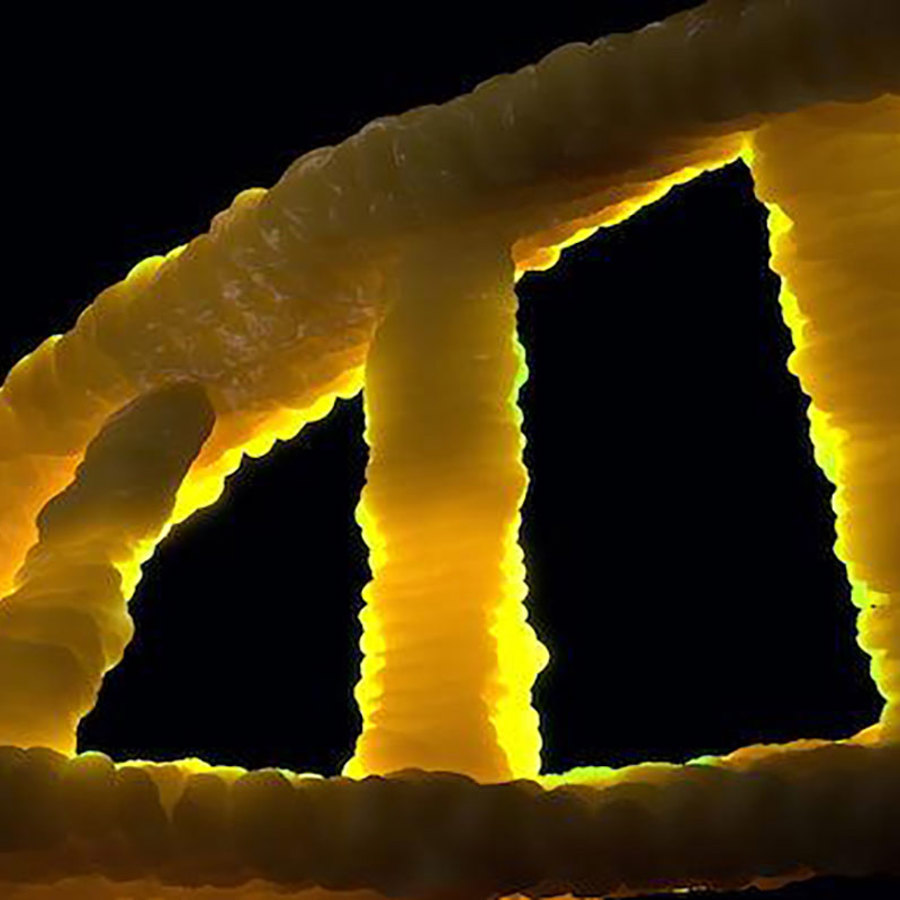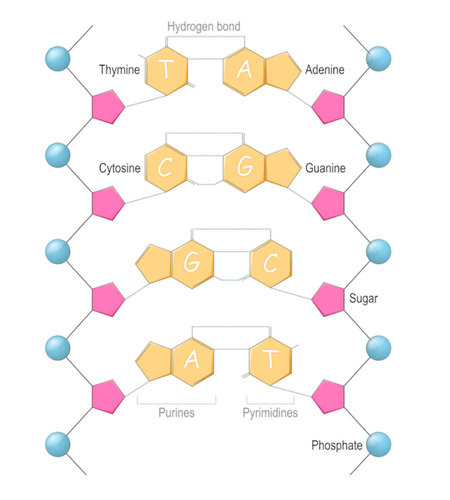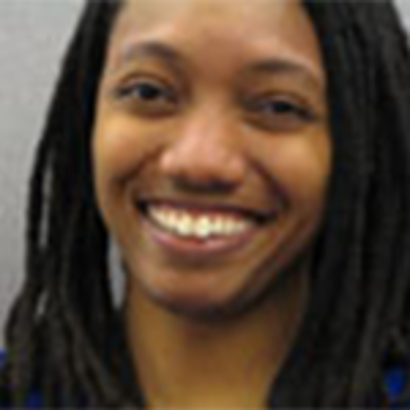
What is DNA made of?

- Related Topics:
- DNA basics,
- Common questions
Two middle school students from Michigan ask:
DNA stands for Deoxyribonucleic Acid, which gives us a clue as to what it’s made of. DNA is a nucleic acid, a type of chemical that is made up of three molecules: phosphates, sugars, and bases.
You may have heard of the “double helix” of DNA. The term “double helix” refers to the shape of DNA, which is a ladder-like molecule that looks like the picture below. To form the double helix, two long strands of DNA (shown in grey) wind around each other. These strands, the backbones of the ladder, are two long chains made of phosphate molecules.

The rungs of the ladder? Well, attached to each of these phosphates is the sugarmolecule that gives DNA the “D” in its name: deoxyribose.
Connected to each sugar is one of four possible bases, or 'letters' of DNA: A, G, C, and T. These four letters are just shorthand for the names of these molecules: Adenine, Thymine, Cytosine and Guanine.
A full unit containing one phosphate, one sugar, and one base, is called a nucleotide. A single strand of DNA is made up of many nucleotides chained together. For two strands of DNA to come together to make the double helix, they must bond together by their bases.
Because of the way these molecules are structured, Adenine bonds best with Thymine, and Cytosine bonds with Guanine. So the full double helix of DNA is made up of a long chain of A-T and C-G base pairs.

Human DNA contains 3 billion of these base pairs! But because of the way the atoms are shaped in this ladder-like molecule, it twists around on itself and can be compressed into chromosomes that allow it to fit neatly inside of a cell’s nucleus.
Since each base pair contains the exact same kind of phosphate and deoxyribose, the information of DNA has to be contained in the bases. Information is stored in DNA by using the four letters of the DNA code as a simple alphabet.
All words in this language are 3 bases long and every “word” of a gene is a code for a different protein building block. The words get strung together to form “sentences” of building blocks, which make up the final protein.
So that's how DNA is structured. Two phosphate strands that twist around, each phosphate connected to a sugar, each sugar connected to a base, like rungs in a ladder. And DNA is read by reading, rung by rung, through the bases.

Author: Joylette Portlock
When this answer was published in 2004, Joylette was a Ph.D. candidate in the Department of Genetics, studying cardiovascular gene therapy in Michelle Calos’s laboratory. Joylette wrote this answer while participating in the Stanford at The Tech program.
 Skip Navigation
Skip Navigation
